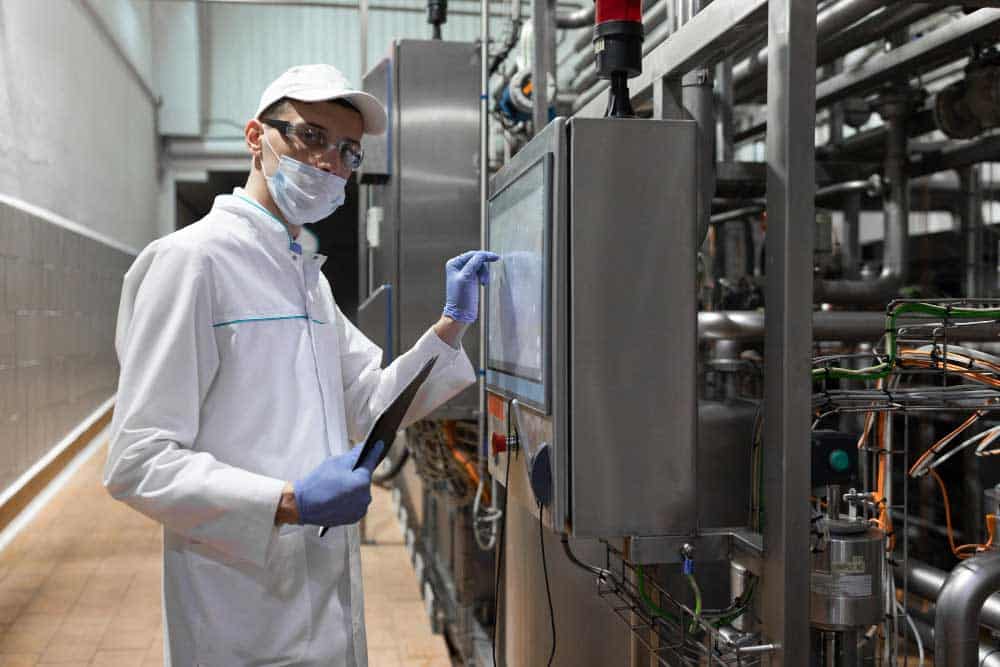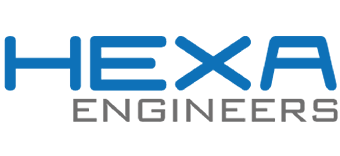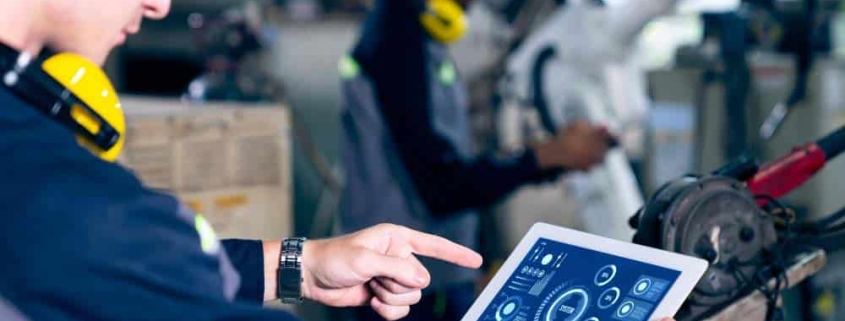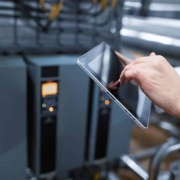Safety cards or safety PLC: what are they and what is their importance for industries
When it comes to safety in industrial automation, PLCs (Programmable Logic Controllers) play a critical role by providing overall system control. However, to ensure a safe working environment, it is necessary to incorporate additional security features. This is where Safety security cards come into play.
The PLC also consists of a specialized microprocessor that executes a specific program to control the inputs and outputs of the system. These programs allow you to define the conditions and actions that must be carried out based on the input signals received.
Safety cards, also known as part of safety PLCs, are components used in industrial automation and control systems to guarantee the safety of people, equipment and processes. These cards are designed to comply with security standards and regulations, and are used in conjunction with PLCs and other security devices. Security cards are used as add-on components in PLC based control systems to add security specific functionality. These cards also allow the supervision, monitoring and implementation of security actions such as emergency stop sensors, security switches, light curtains, among others.
These security cards implement security algorithms and logics that guarantee the safe operation of the system. For example, they can perform security loop supervision functions, signal integrity verification, response time monitoring, fault detection, and execution of security actions in case of dangerous situations.
Safety Card Features

When asked how a Safety Card works within an industry, let us think of a chemical plant that produces and handles highly dangerous substances. In this plant, various equipment and systems are used for the processing of chemical substances, such as reactors, storage tanks, pumps and pipelines.
A safety card or safety PLC is implemented in the process control system to ensure safety in all operations. The security card is connected to a wide range of sensors and security devices distributed throughout the plant. These sensors include gas detectors, temperature and pressure sensors, level gauges, as well as fire detection and extinguishing systems.
Therefore, this device constantly monitors the signals from these sensors and devices, and activates immediate safety responses in the event of any abnormal or dangerous conditions. You can also perform complex logic and calculations to ensure proper security protocols are followed.
A Safety PLC has several prominent features that make it a reliable choice for industrial safety applications. First of all, this type of PLC is certified by recognized entities such as Exida, TUV, among others, which guarantees its suitability for security applications according to certain SIL levels.
This means that it complies with safety system design standards, such as IEC61508 (International Electrotechnical Commission safety standard), NFPA (National Fire Protection Association), FM (Factory Mutual), among others, which ensures greater system integrity and reliability.
In addition, the Safety PLC incorporates comprehensive self-diagnostic routines for both hardware and software. This allows the detection of any dangerous internal failure and, in case it occurs, the PLC acts automatically to bring the machine or process to a safe situation. Therefore, it results in a lower probability of undetected dangerous failures, which contributes to greater operational safety.
While the initial cost of purchasing a safety PLC may be higher compared to other conventional PLCs, in the long run its total cost of living is lower. This is because the incorporation of safety and self-diagnostic features reduces the risk of accidents and unplanned downtime. Thus, the safety PLC helps to minimize the costs associated with damage to machinery, repairs, loss of production and, most importantly, guarantees the safety of workers.
Importance of Safety Cards
Safety cards play a fundamental role in industrial automation by ensuring the safety of the processes and people involved. Its incorporation into PLC-based control systems is essential to create a safe and reliable work environment.
First of all, Safety cards allow compliance with established safety standards and regulations by the competent authorities. These standards are increasingly demanding, and companies must comply with them to guarantee the protection of their workers and avoid legal sanctions. By using security cards, companies demonstrate their commitment to security and comply with legal and regulatory requirements.
Also Safety cards provide an additional layer of protection in industrial control systems. Security cards add security-specific functionality that enables early detection of dangerous situations and the implementation of corrective actions quickly and efficiently. This helps prevent accidents, reduce downtime and minimize costs associated with security incidents.
In the same way, they contribute to the adaptation of companies to new control technologies. With the arrival of Industry 4.0 and the increasing incorporation of technologies such as the Internet of Things (IoT) and artificial intelligence (AI), it is necessary to have more flexible and secure control systems. Safety Cards allow companies to implement advanced automation solutions without compromising safety, giving them a competitive advantage in an ever-evolving business environment.
Without the presence of PLCs and Safety Cards, many companies could not adapt to the incorporation of new control technologies. Today, PLCs continue to be a crucial part of the digital transformation required by Industry 4.0.
That is why hiring the best professionals for the supervision and installation of PLCs and Safety Cards is crucial to guarantee safety and efficiency in industries and companies. These experts not only have the necessary knowledge and experience, but are also up-to-date with the latest technologies and regulations, ensuring quality work and a smart return on investment that provides peace of mind and optimal results for companies.









